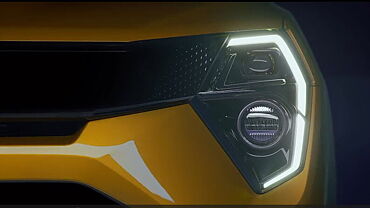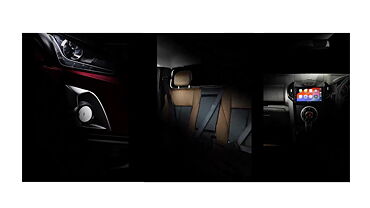A new self-cleaning paint that can make clothes and cars resistant to everyday wear and tear has been developed. The coating can be applied to clothes, paper, glass and steel and when combined with adhesives, maintains its self-cleaning properties after being wiped, scratched with a knife and scuffed with sandpaper. Self-cleaning surfaces work by being extremely repellent to water but often stop working when they are damaged or exposed to oil.
The new paint creates a more resilient surface that is resistant to everyday wear and tear, so could be used for a wide range of real-world applications from clothing and cars, researchers said. "Being waterproof allows materials to self-clean as water forms marble-shaped droplets that roll over the surface, acting like miniature vacuum cleaners picking up dirt, viruses and bacteria along the way," said first author Yao Lu from the University College London (UCL).
"For this to happen, the surface must be rough and waxy, so we set out to create these conditions on hard and soft surfaces by designing our own paint and combining it with different adhesives to help the surfaces withstand damage," said Lu. The study, involving researchers from UCL, Imperial College London and Dalian University of Technology (China), shows how the new paint made from coated titanium dioxide nanoparticles can give a wide-range of materials self-cleaning properties, even during and after immersion in oil and following damage to the surface.
Different coating methods were used to create the water repellent surfaces, depending on the material. An artist's spray-gun was used to coat glass and steel, dip-coating for cotton wool and a syringe to apply the paint onto paper. All the materials became waterproof and self-cleaning as water droplets of different sizes were seen bouncing instead of wetting the surface, removing the dirt applied by the researchers. This was maintained after damage was inflicted on the surfaces.
"Our paint worked extremely well for a variety of surfaces in tough conditions which were designed to simulate the wear and tear of materials in the real-world. For example, car paint frequently gets scuffed and scratched and we wanted to make sure our paint would survive that," Lu said. He further added, "As well as practical uses, the paint could also be used creatively to make art with water which is something I have been exploring in my own time.”
Source: PTI



























